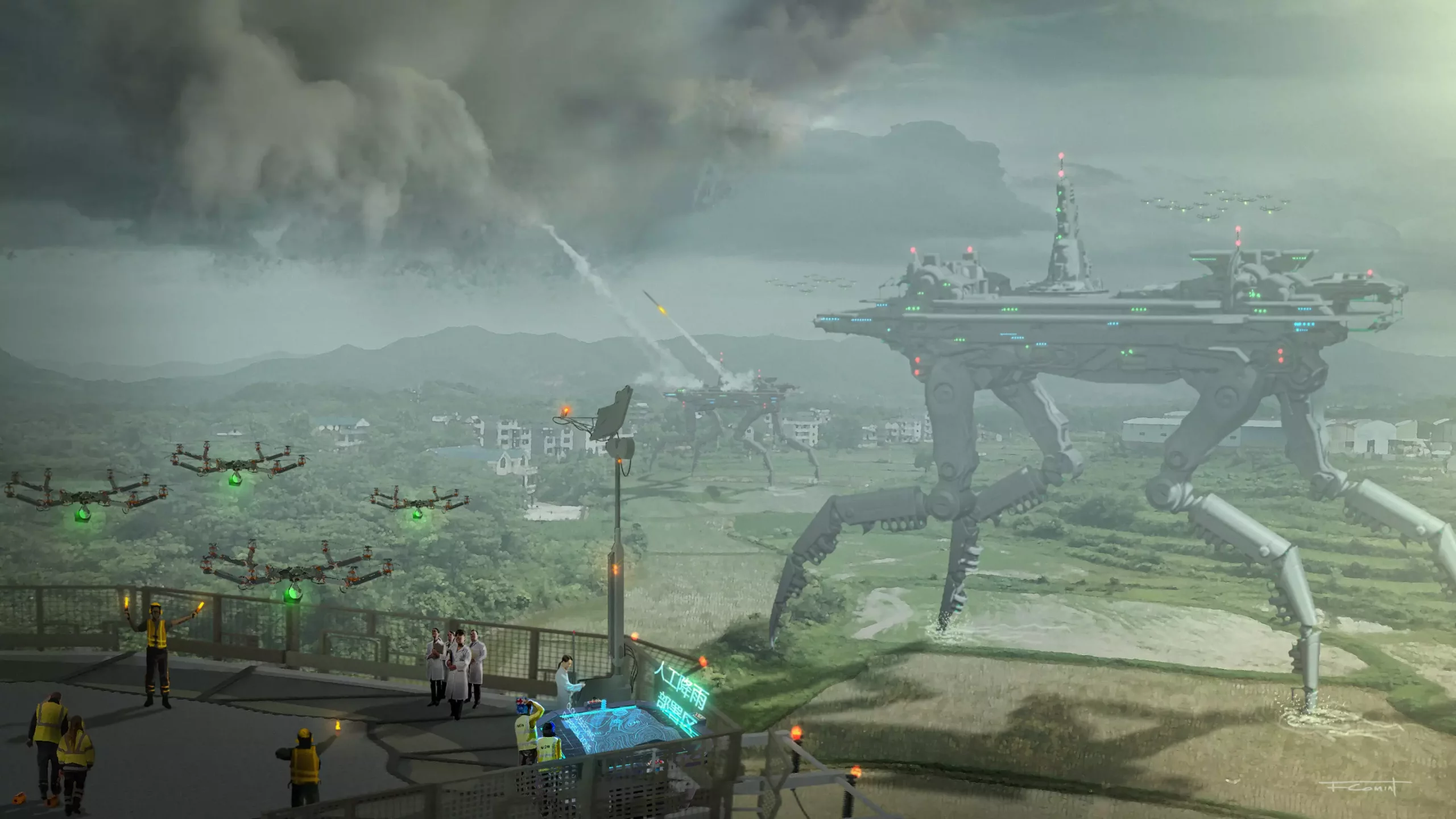Human activity is significantly impacting the Earth’s atmospheric water cycle in ways that were once considered unimaginable. Land use changes, weather modification activities like cloud seeding, and other factors are transforming where clouds form and how precipitation is distributed. This has major implications for water management strategies in the face of climate change. In a recent study published in Global Sustainability, Colorado State University Assistant Professor Patrick Keys and a team of water scientists from around the world delved into the potential future scenarios of humanity’s interaction with the atmospheric water cycle.
Keys identified a gap in understanding the lasting implications of these changes among both the public and the water research community. To address this, he engaged water scientists from various disciplines to create story-based scenarios envisioning the possible futures that humanity may face. These scenarios were designed to explore the economic and policy issues that could arise as a result of changing water management activities. The use of narratives, artist-made imagery, and alternative story forms aimed to provide a more holistic and accessible understanding of the complex issues at play.
The research conducted by Keys and his team involved three distinct phases. Initially, computational text analysis was used to identify recurring themes in journal abstracts related to the current state of atmospheric water cycle research. This data was then analyzed against a framework of common economic goods principles to determine how human entities may interact with the atmospheric water cycle in the future. The focus was on understanding how countries and private actors might protect their resources or leverage advantages in accessing water as a crucial natural resource.
With a clearer picture of potential future relationships in water management, Keys invited experts to imagine a world decades ahead where activities like cloud seeding are widespread and their long-term impacts are evident. This exercise in science fiction storytelling aimed to push the boundaries of reality and envision a wide range of possible outcomes. By engaging interdisciplinary water experts and encouraging creative thinking, Keys and his team developed 10 unique story-based scenarios that delve into the complex interactions between humans and the atmospheric water cycle.
Keys collaborated with artists and researchers from various institutions to bring these scenarios to life. Working with artist Fabio Comin, visually striking imagery was created to complement the narratives and enhance the storytelling experience. The interdisciplinary nature of the project, involving researchers from CSU, UC Davis, UCLA, and other institutions, allowed for a diverse range of perspectives to be incorporated into the study. Keys emphasized the importance of engaging in conversations around water management, policy, and regulation, especially at a time where global action is becoming increasingly critical.
The study spearheaded by Patrick Keys offers a unique and innovative approach to understanding the future of water management. By combining scientific research with storytelling and artistic imagery, the project provides a multidimensional perspective on how human activities are shaping the Earth’s atmospheric water cycle. The scenarios developed through this work serve as a catalyst for discussions on policy, regulation, and the potential pathways that water management may take in the coming decades. As we navigate the complexities of climate change and resource allocation, envisioning different futures can help us better prepare for the challenges that lie ahead.


Leave a Reply